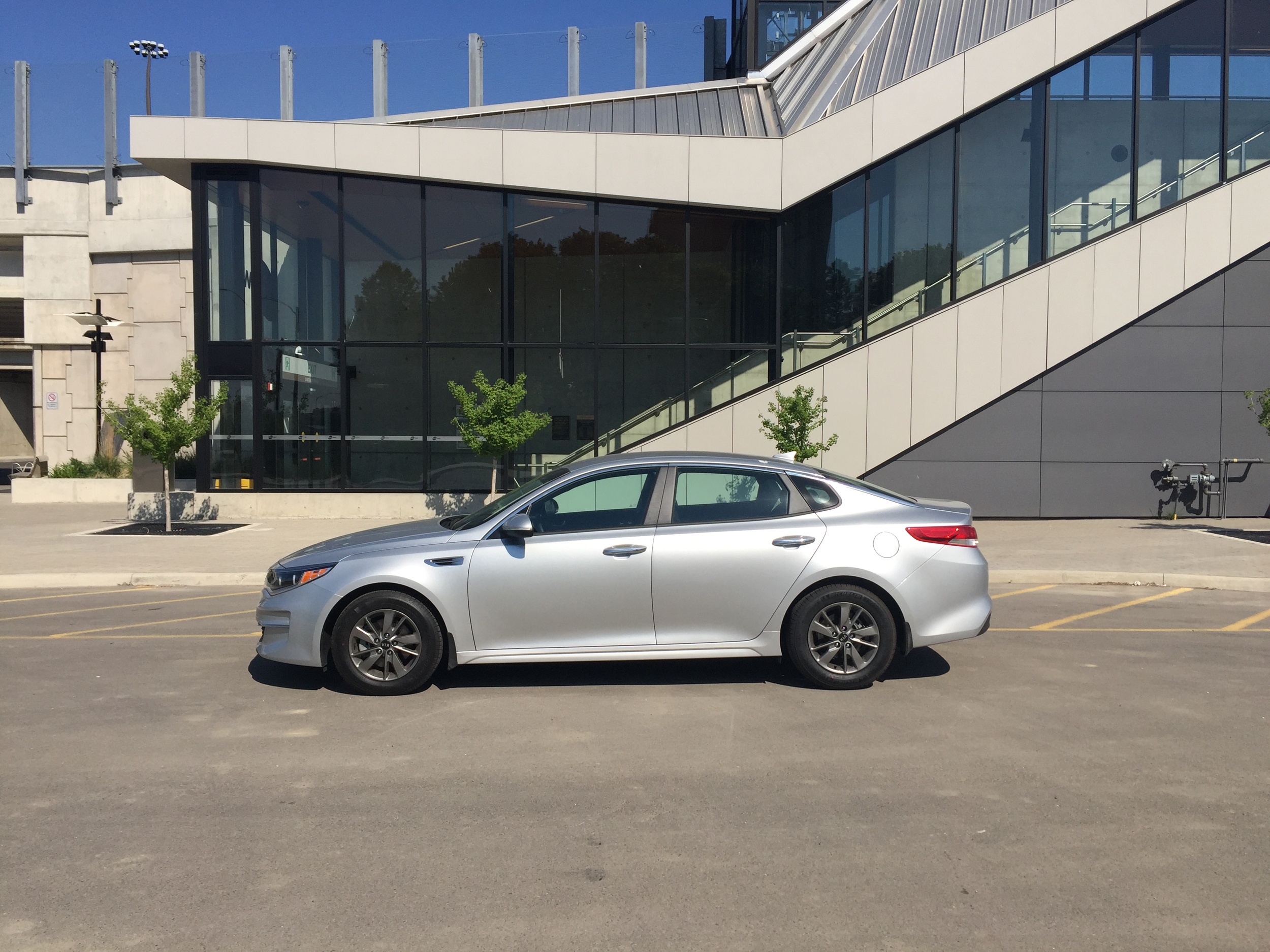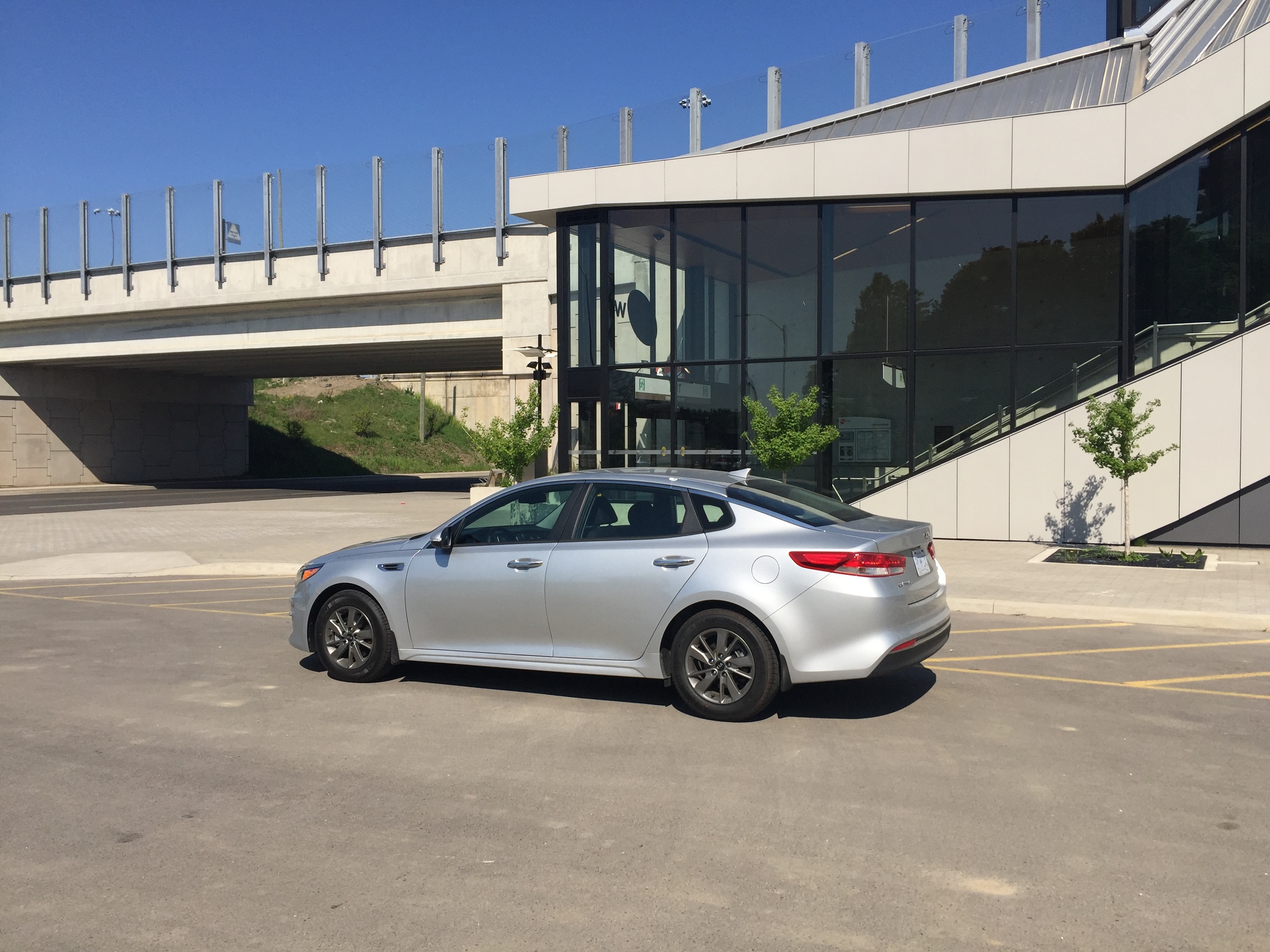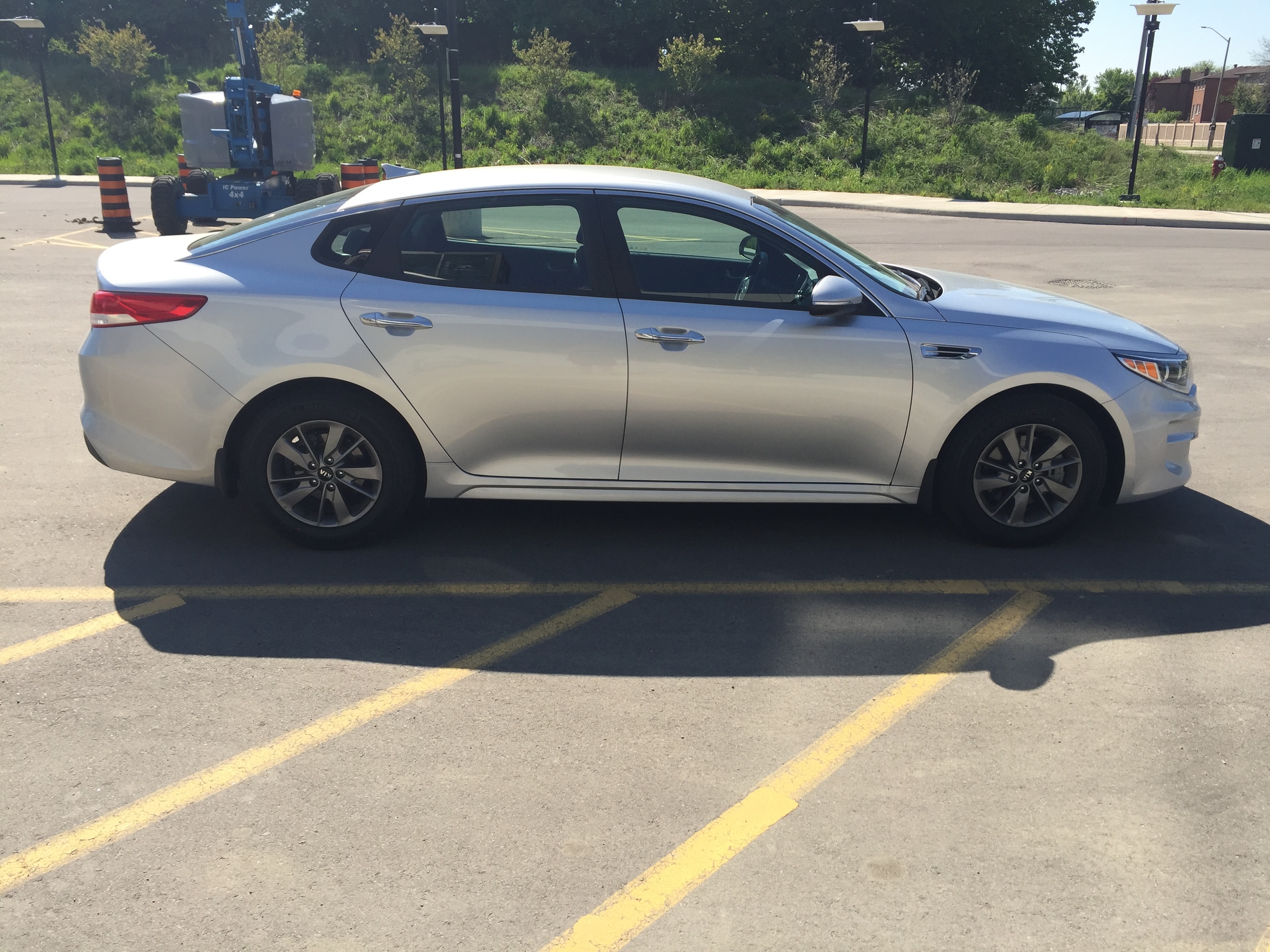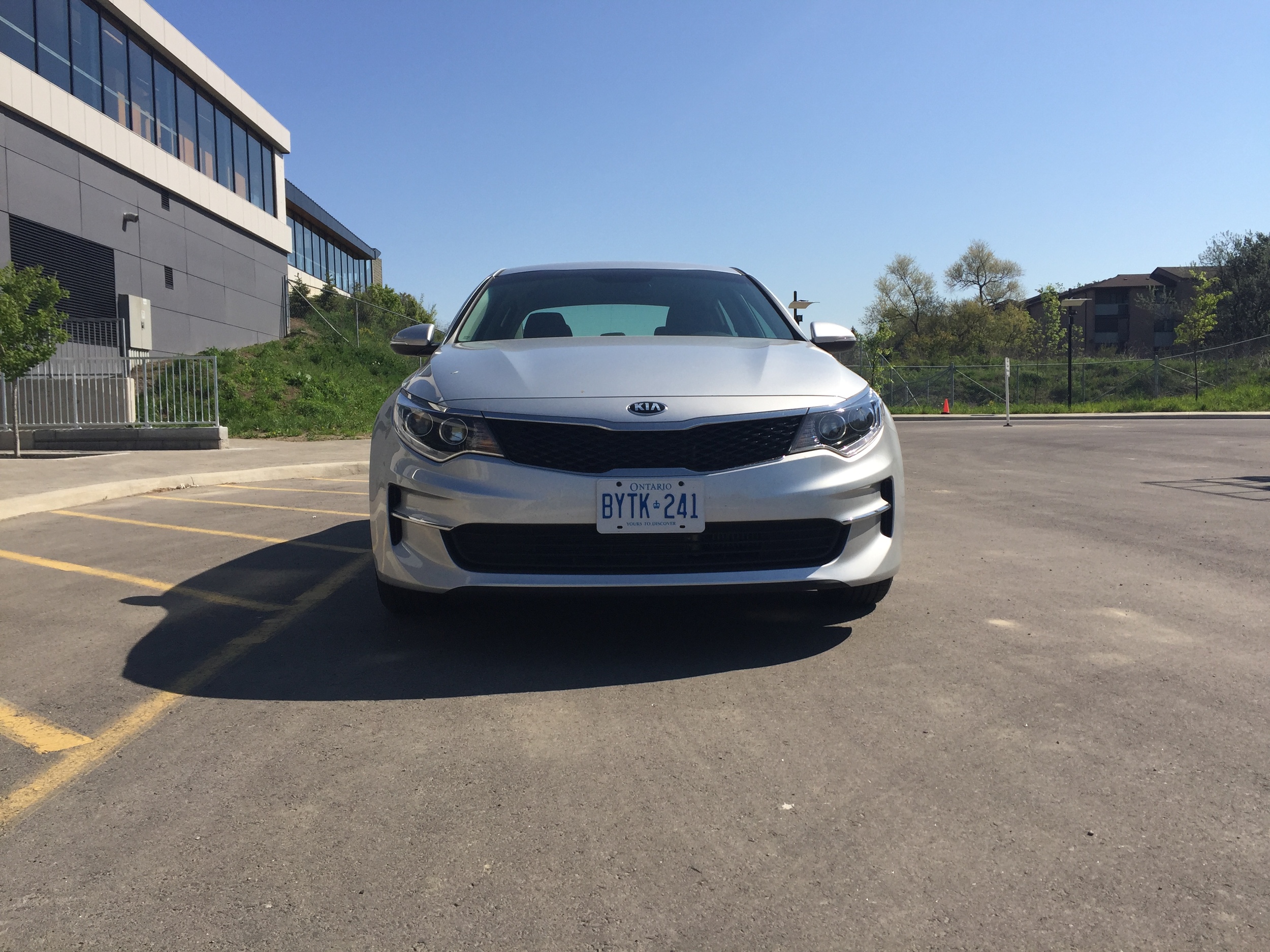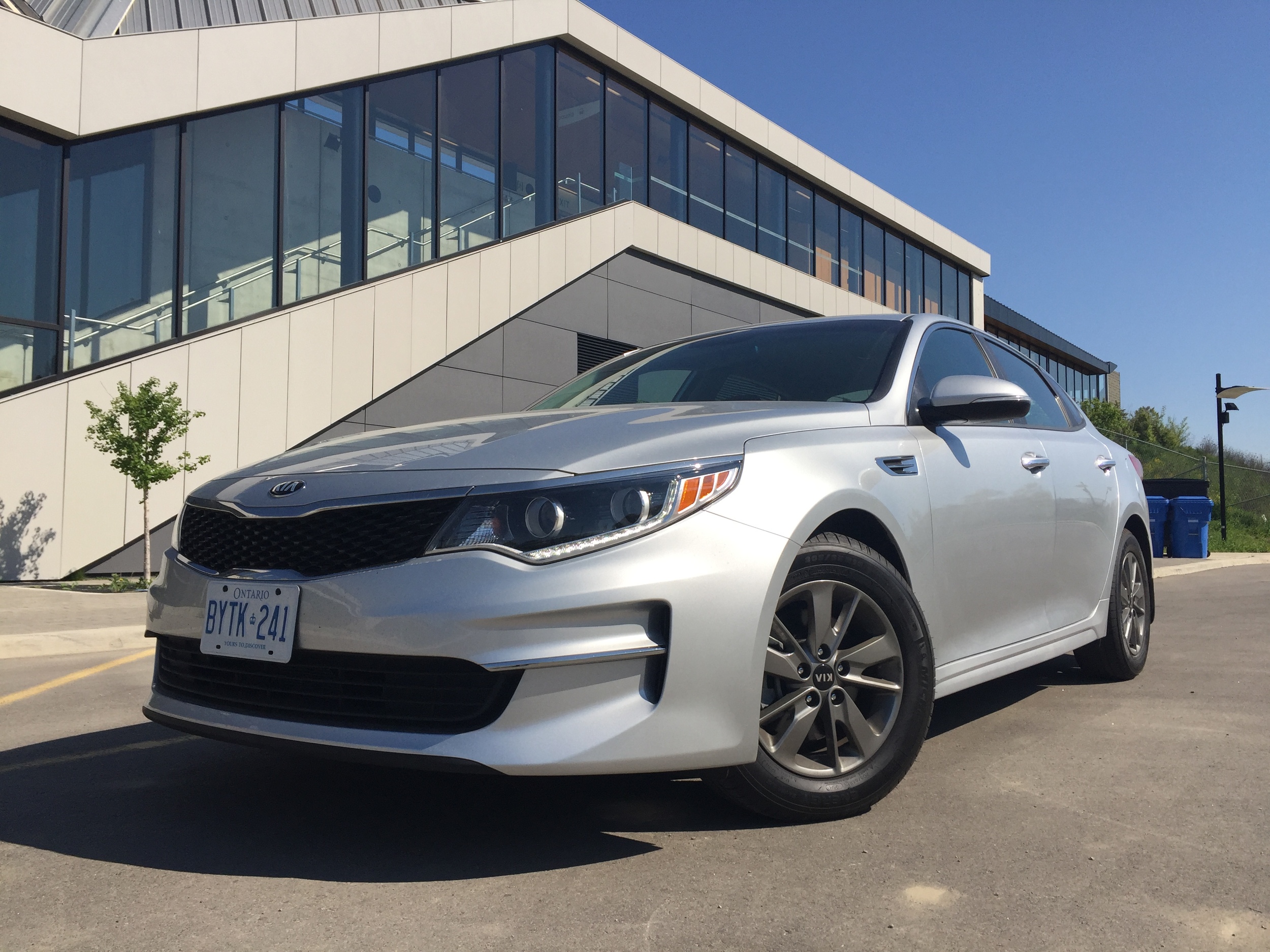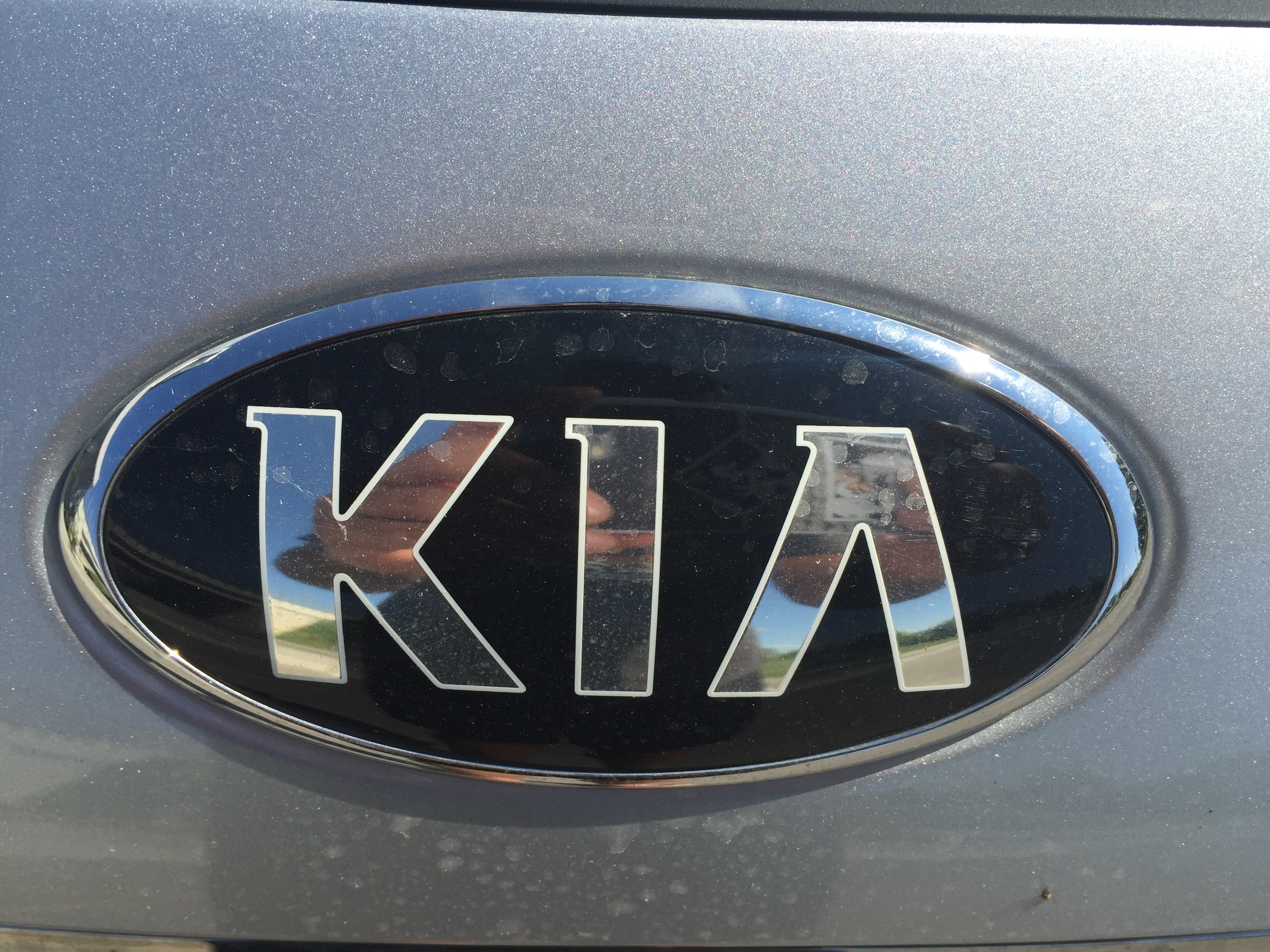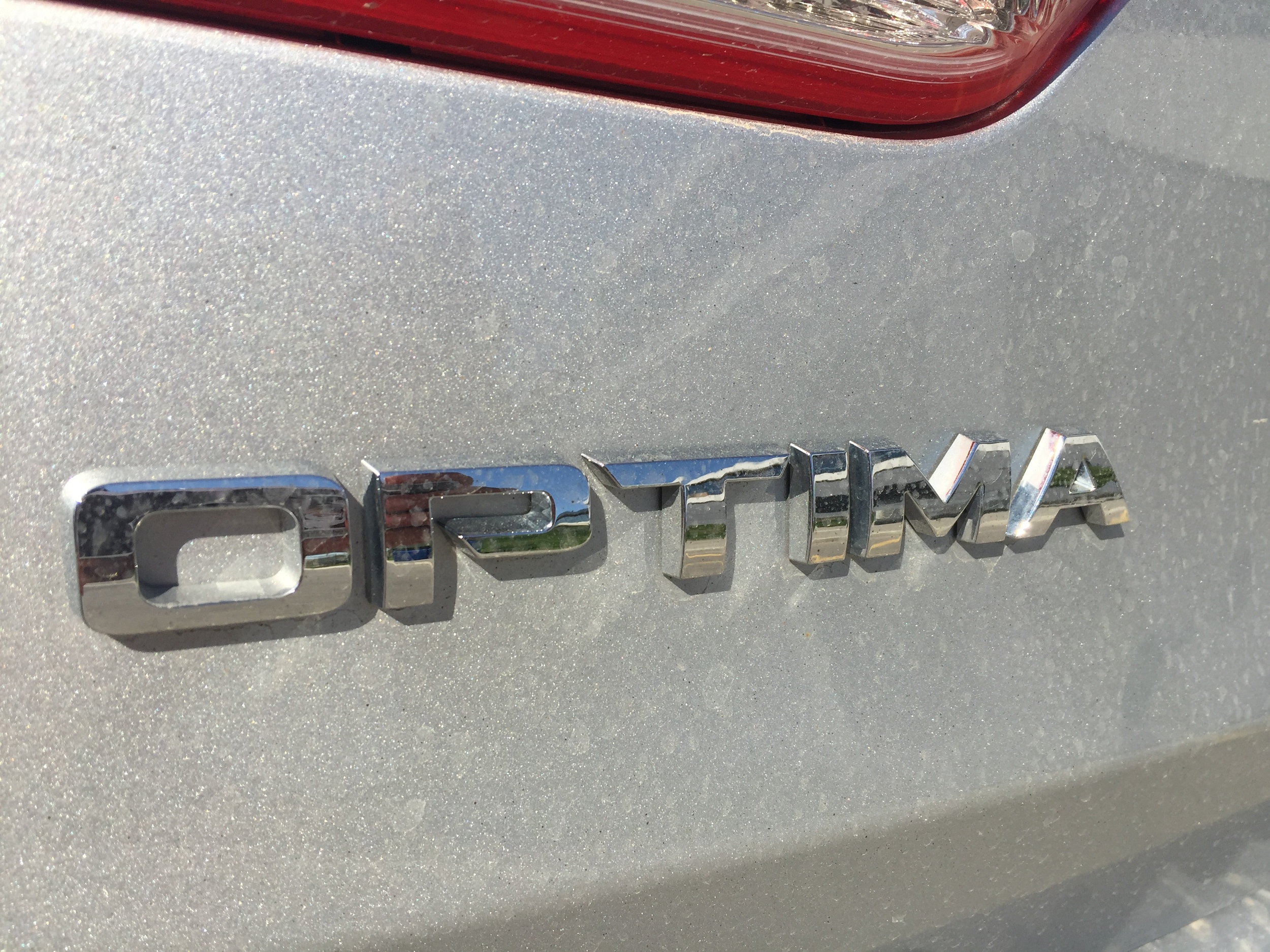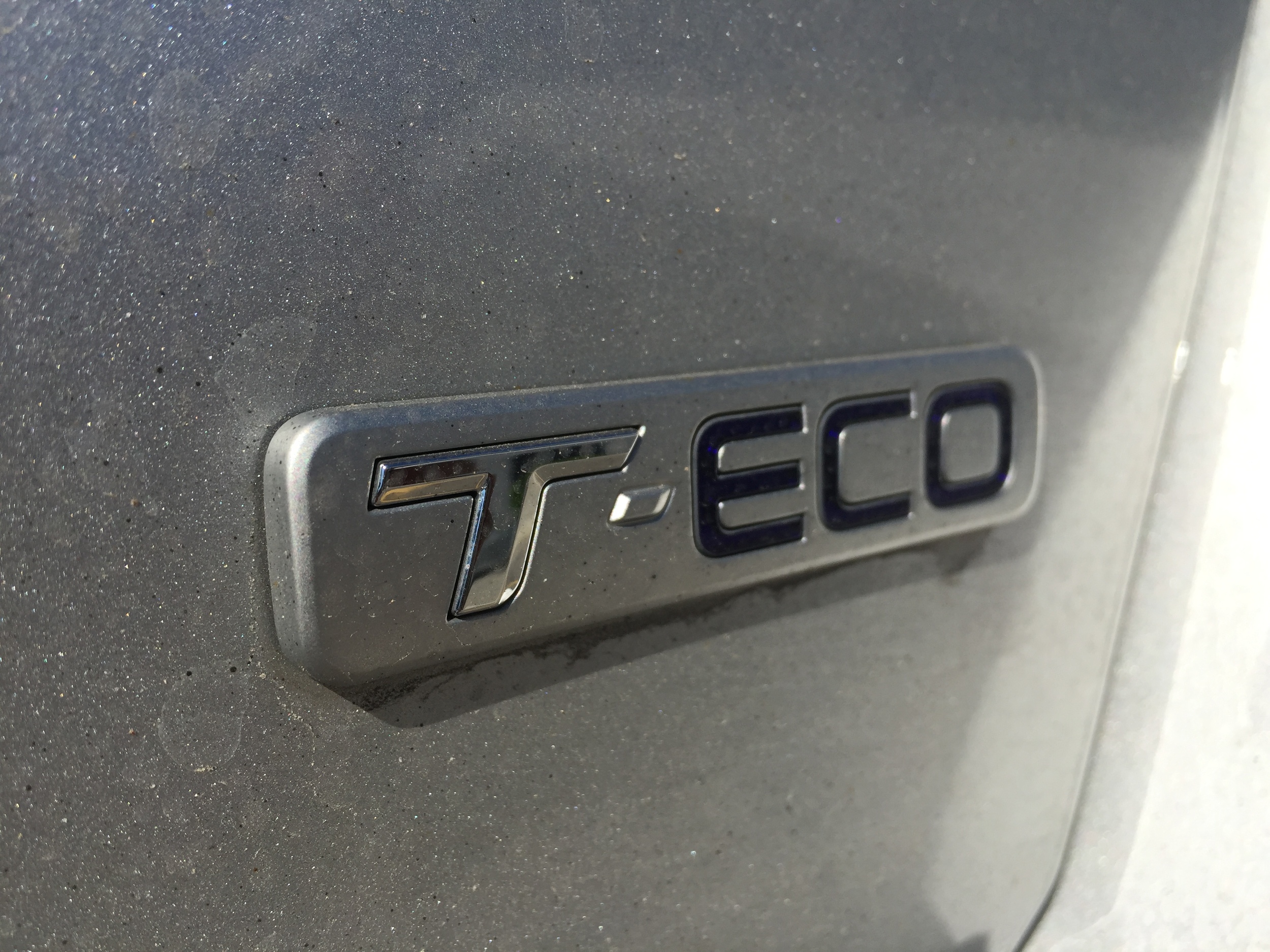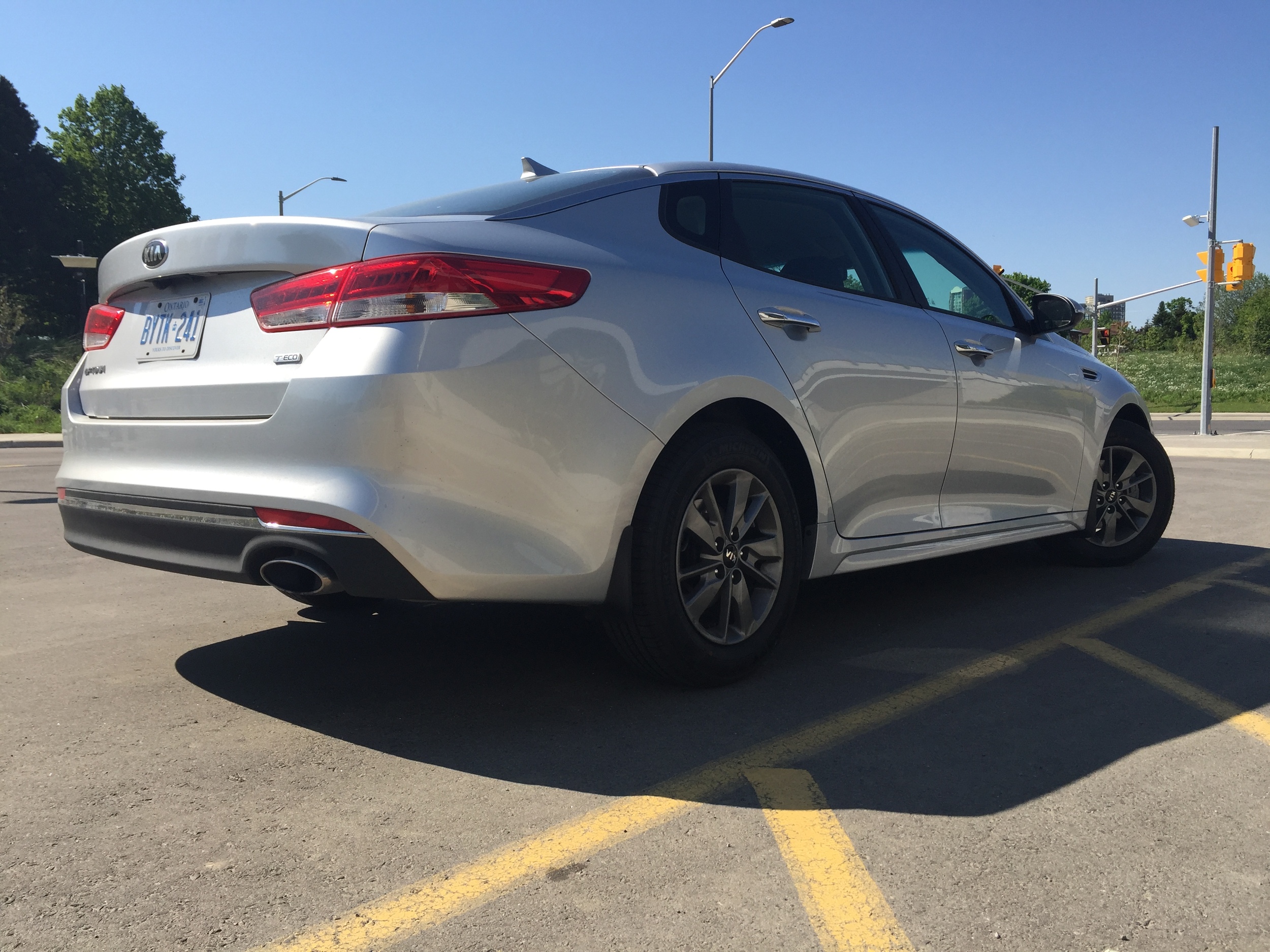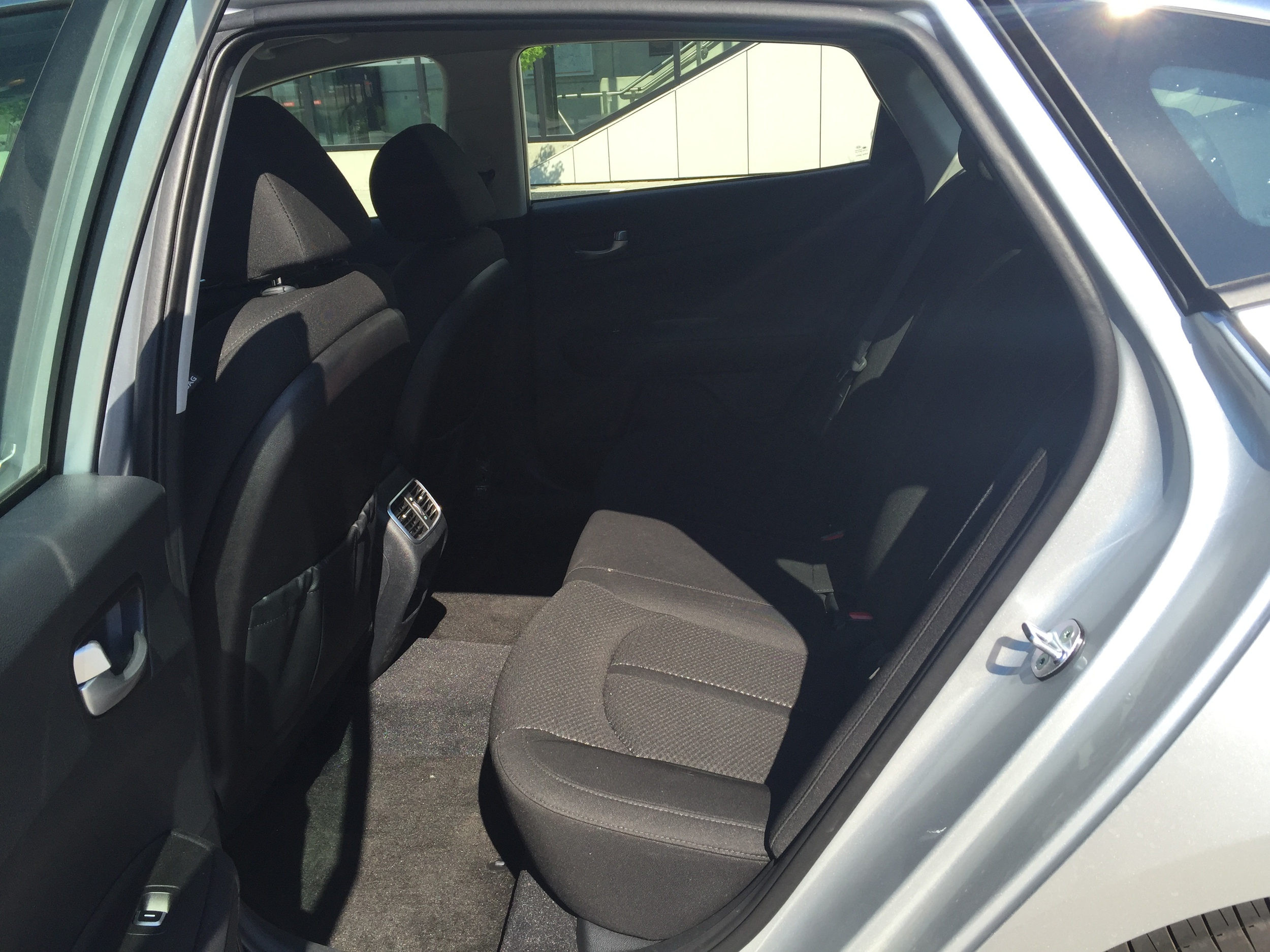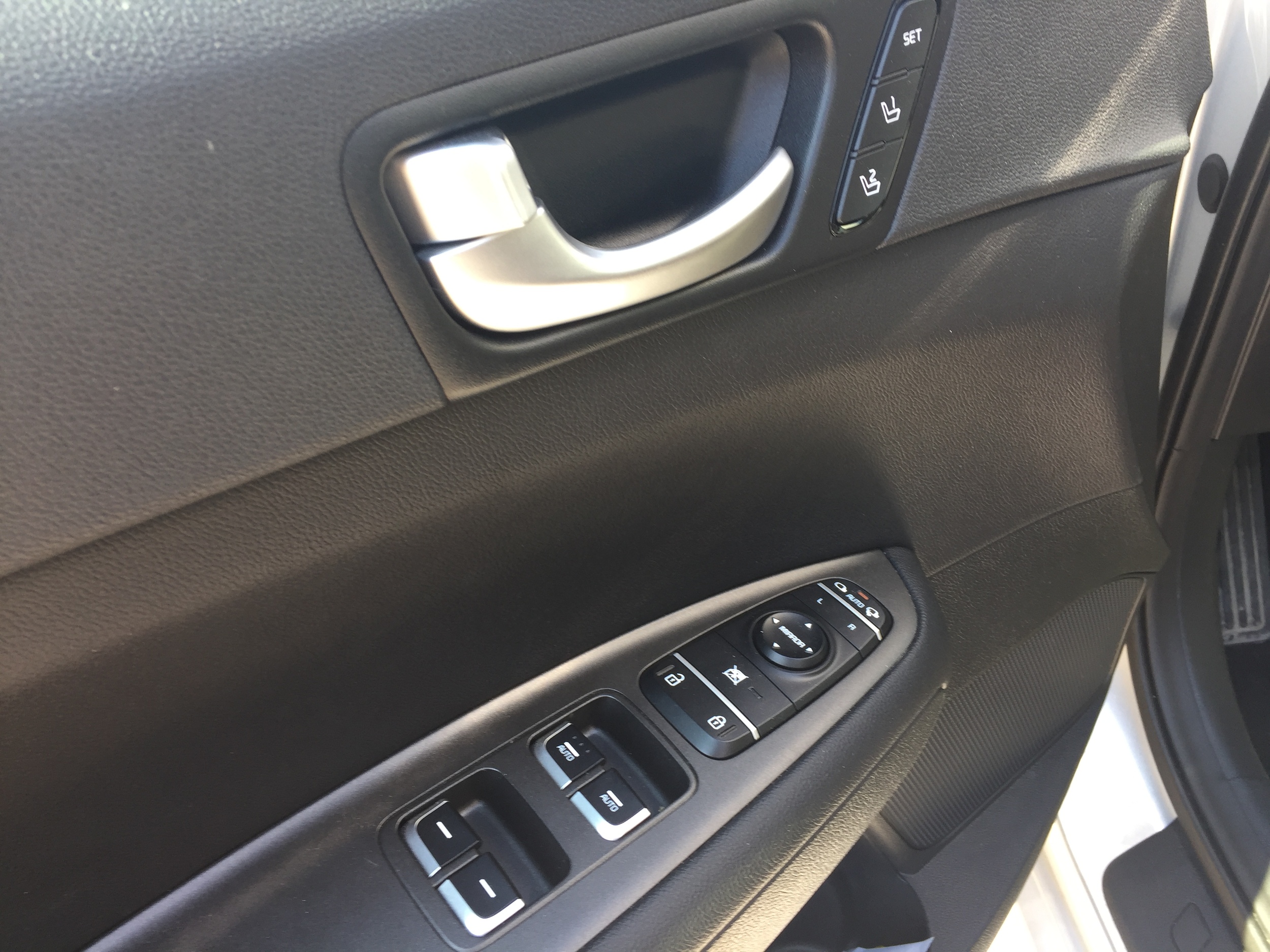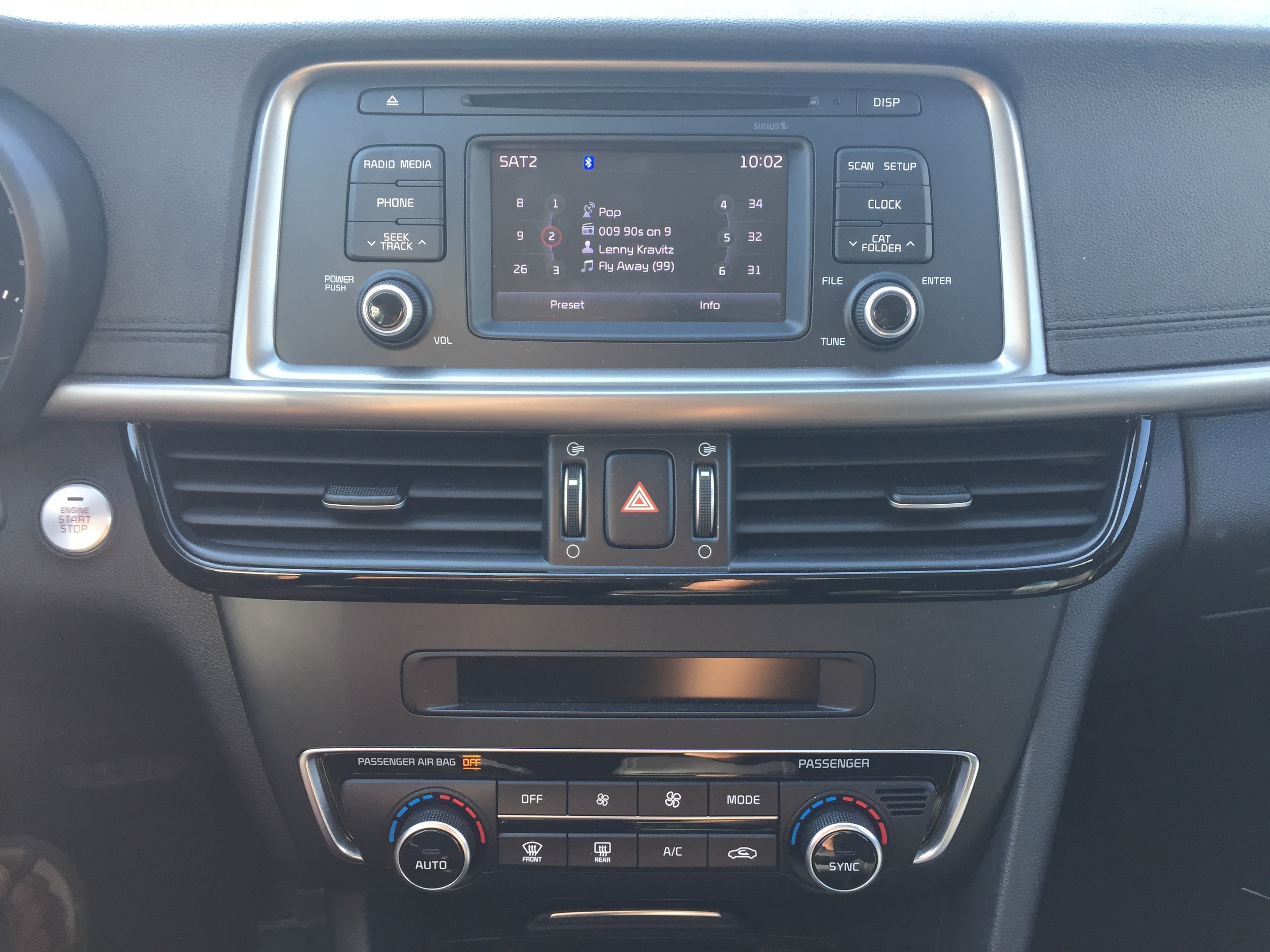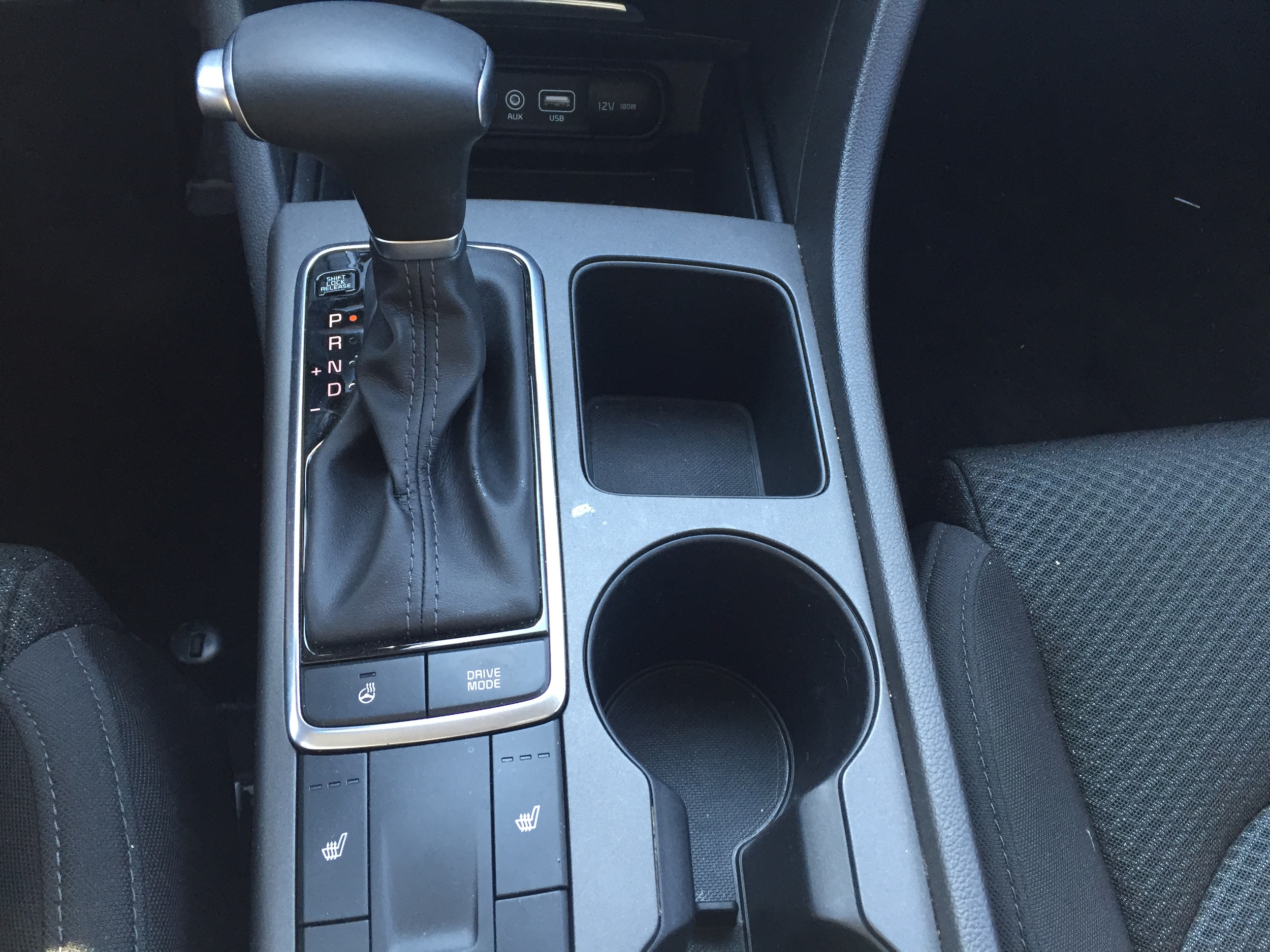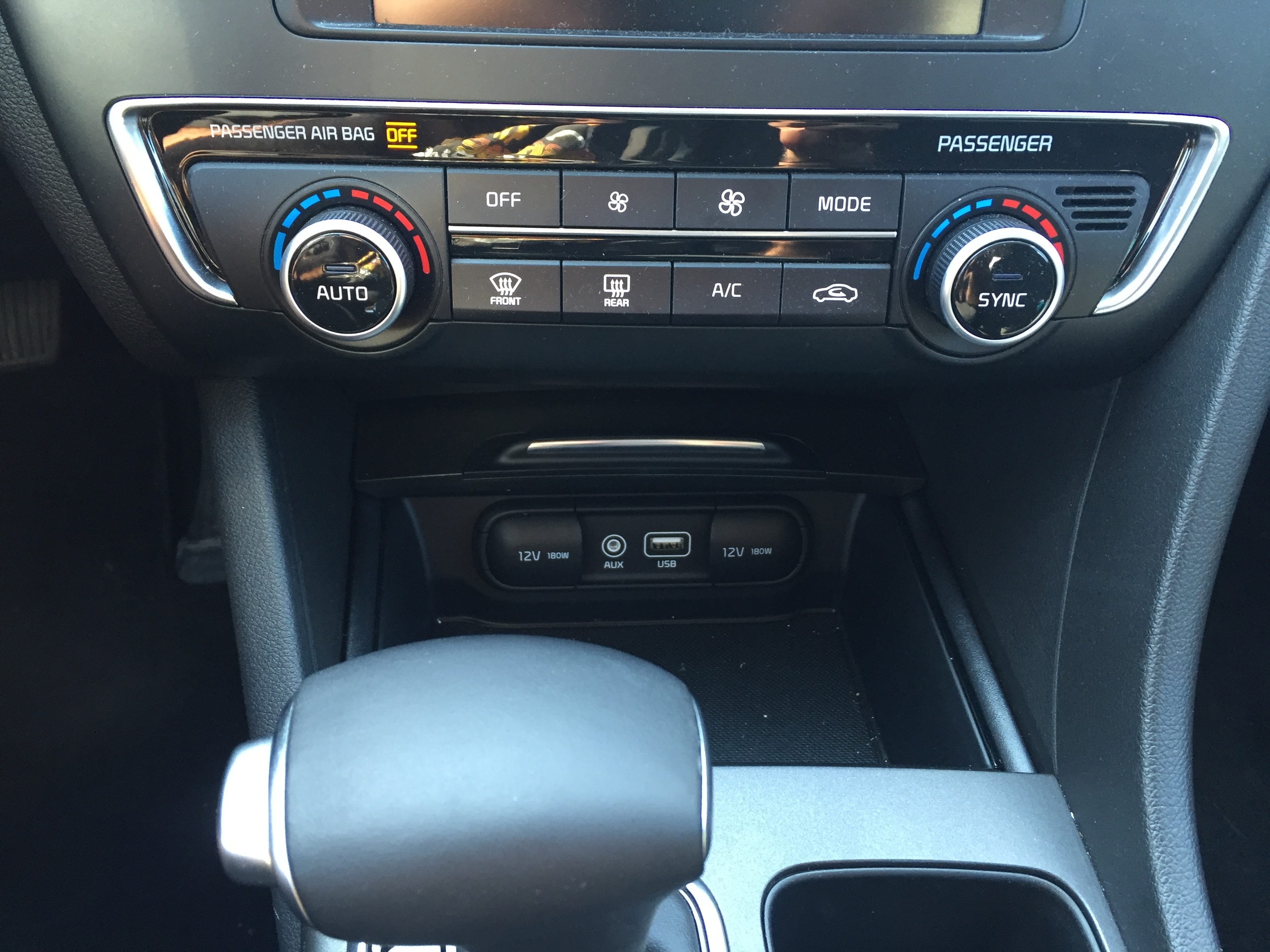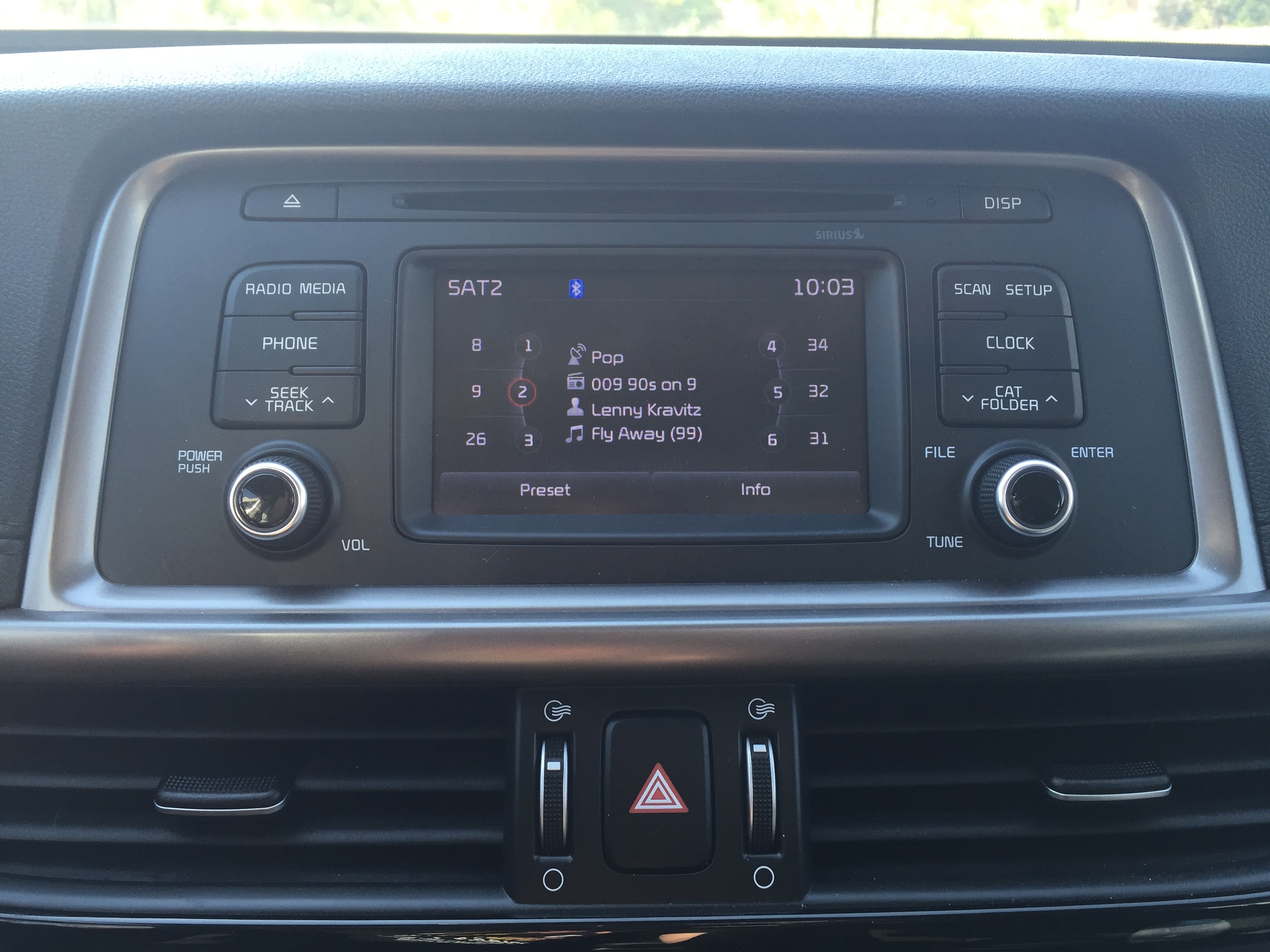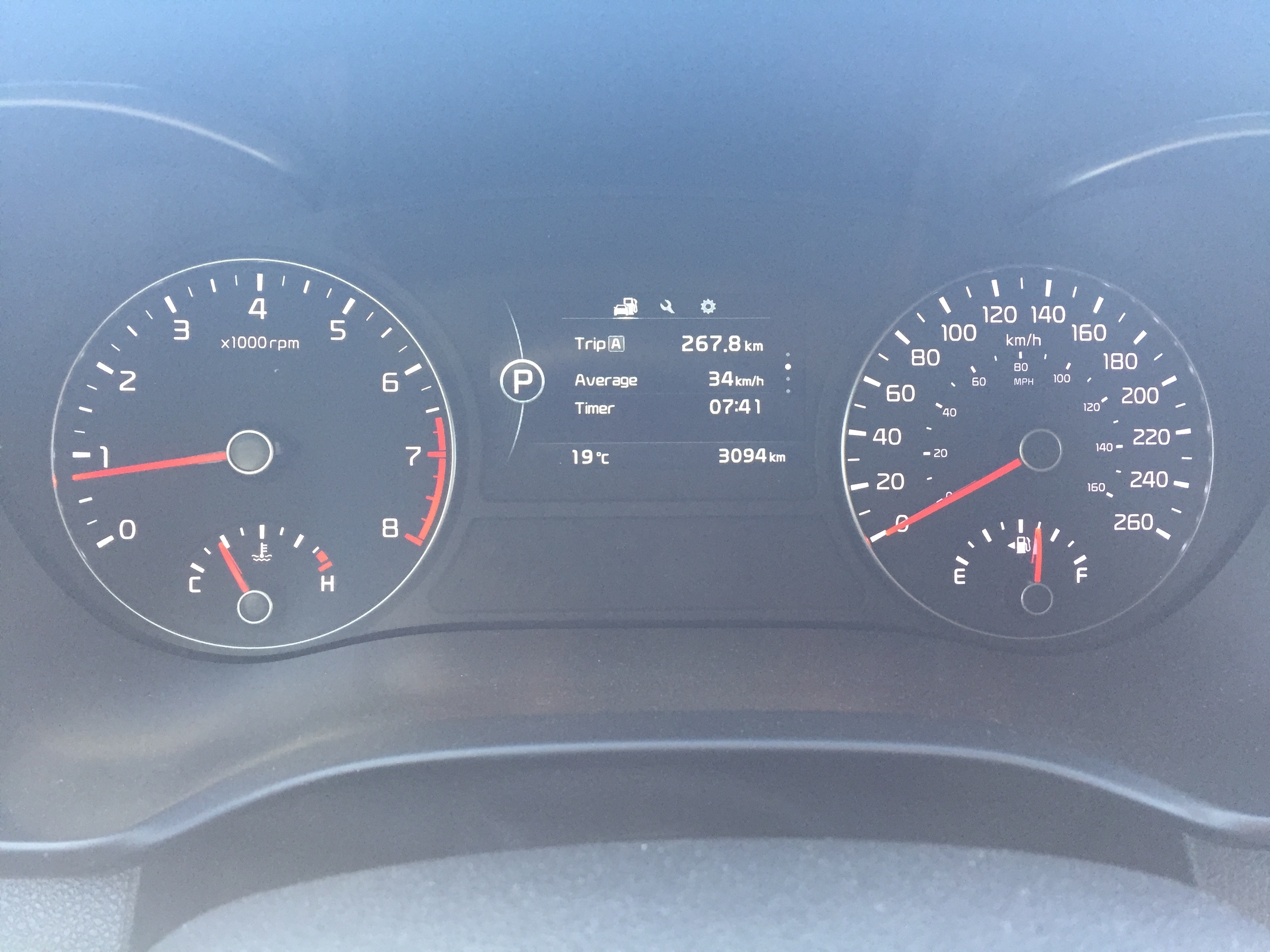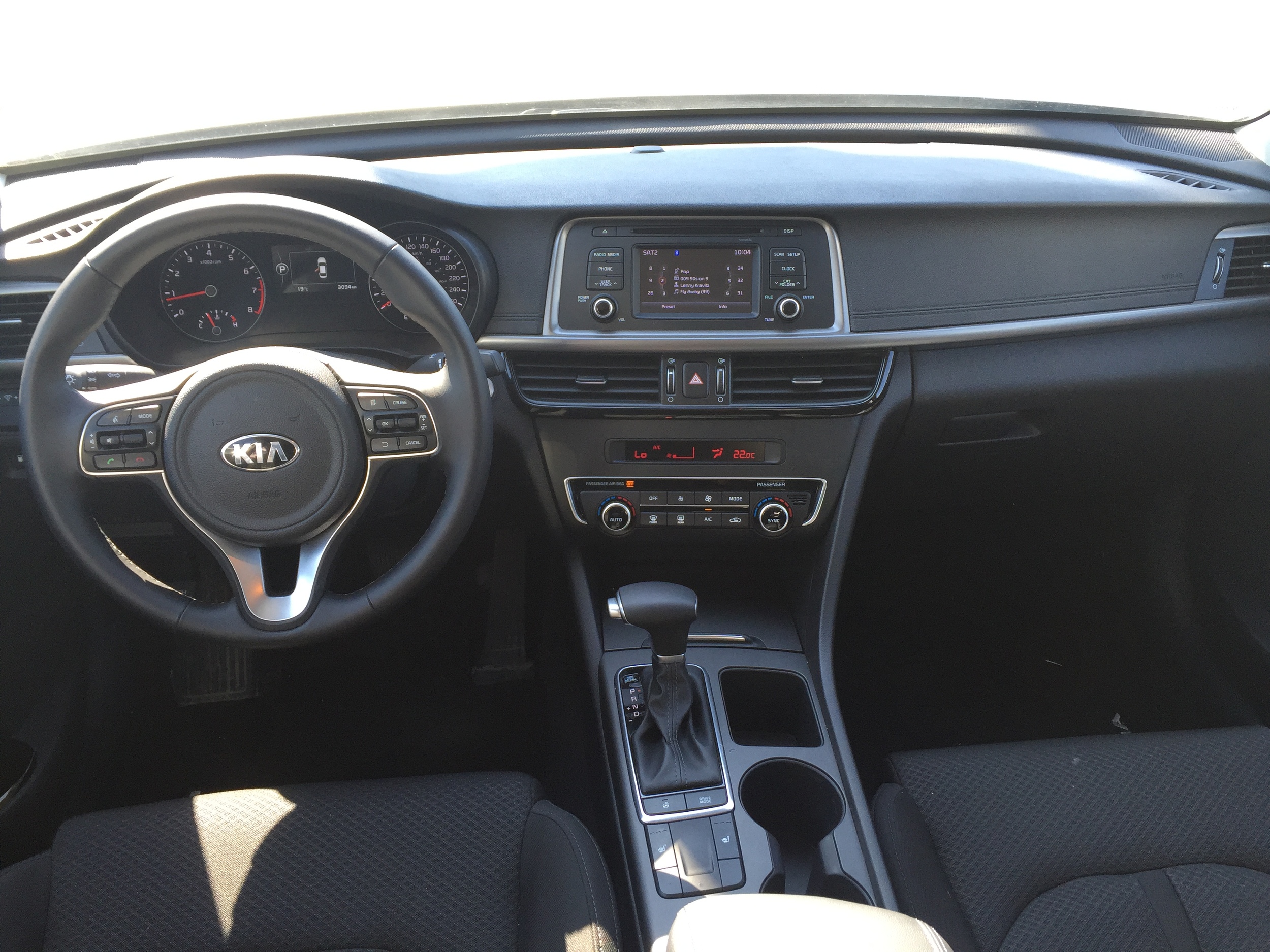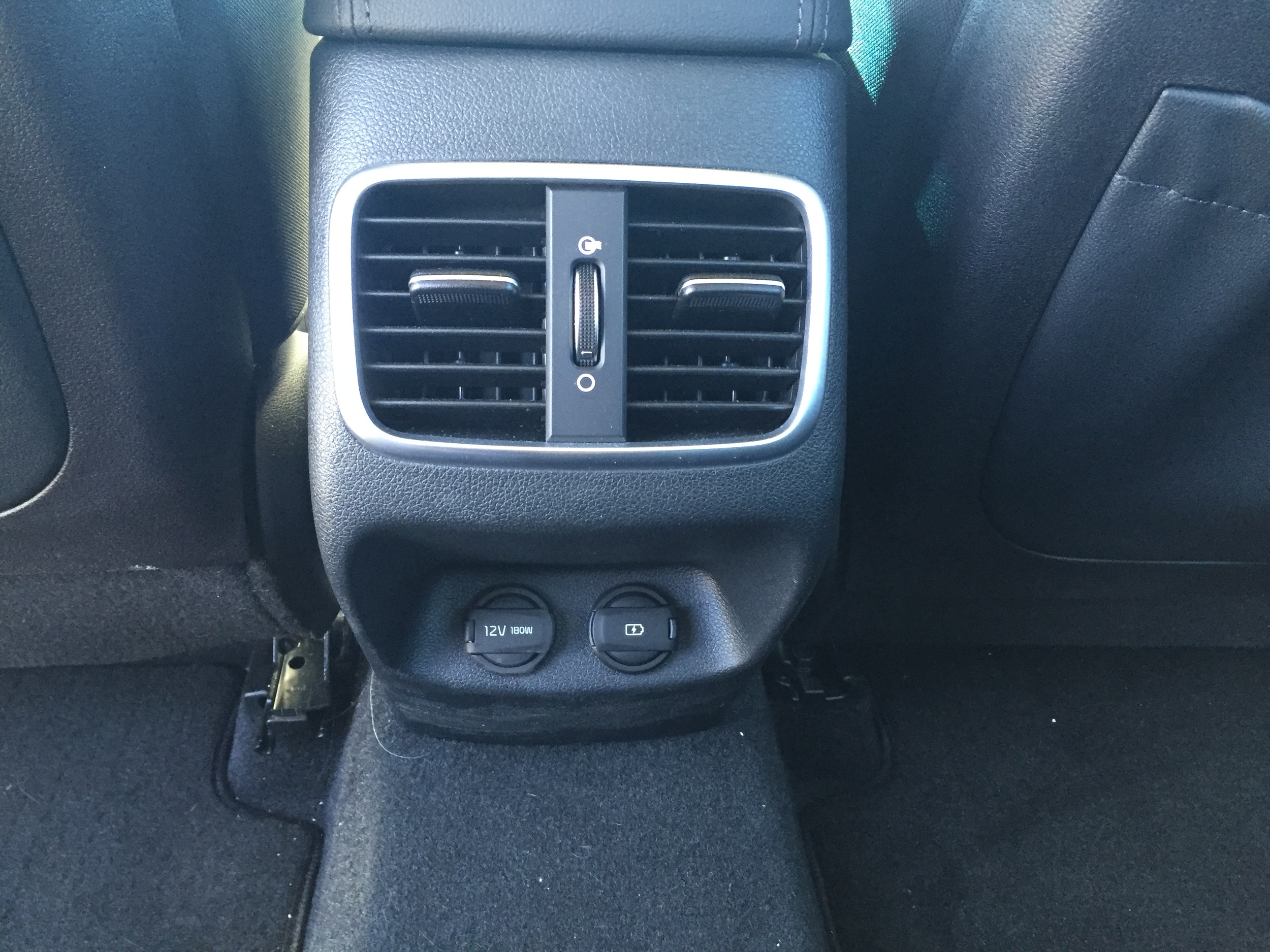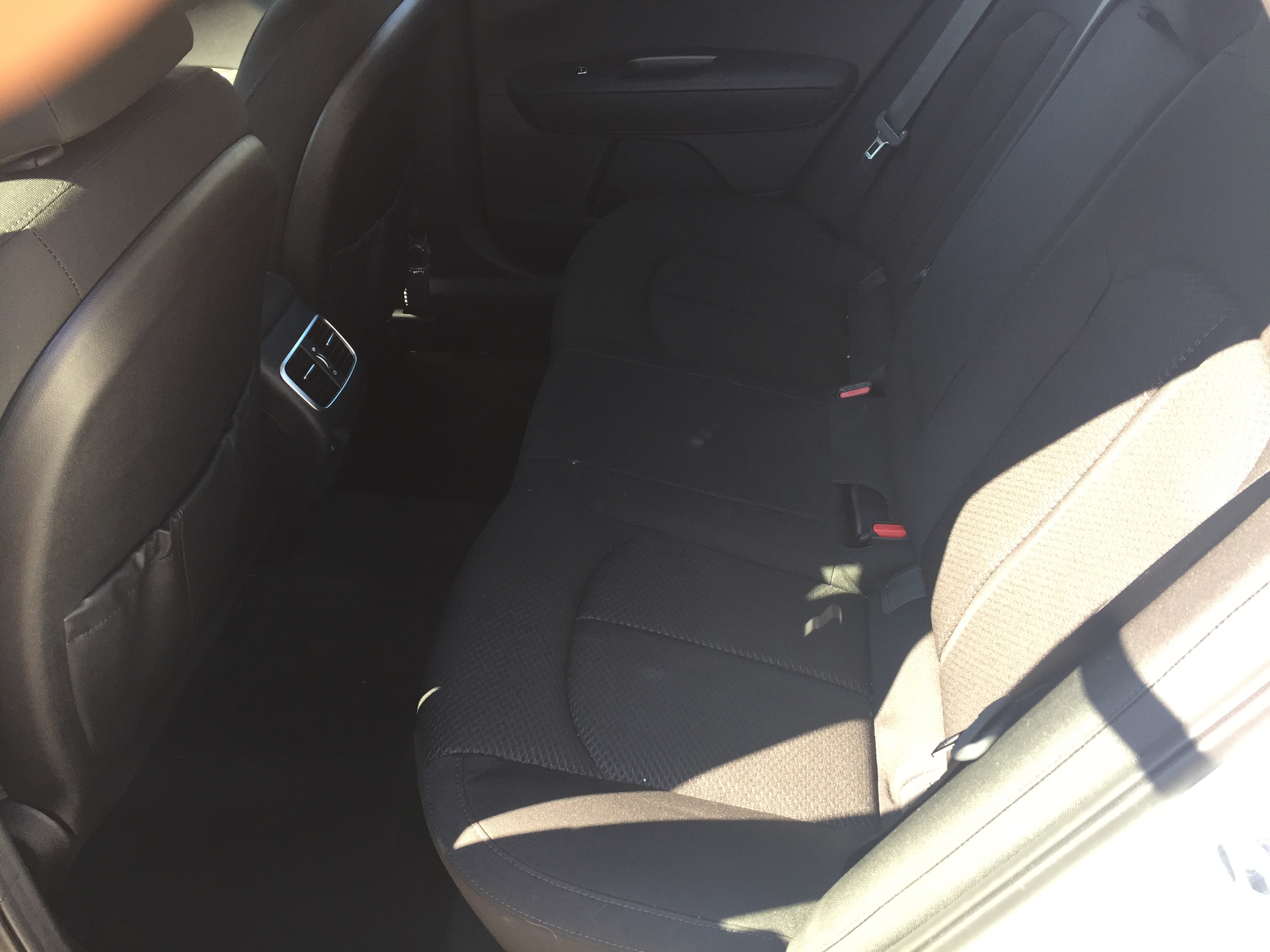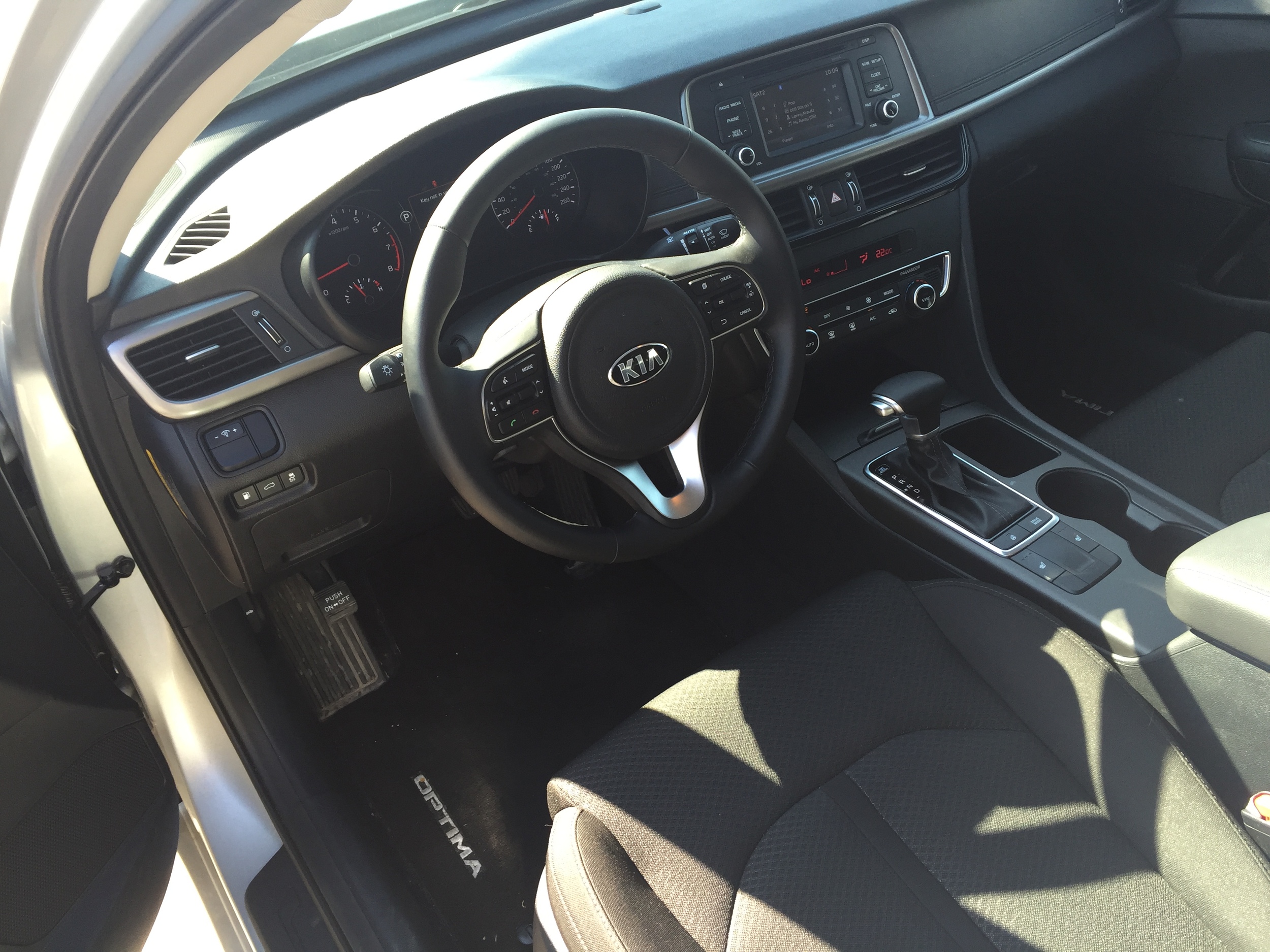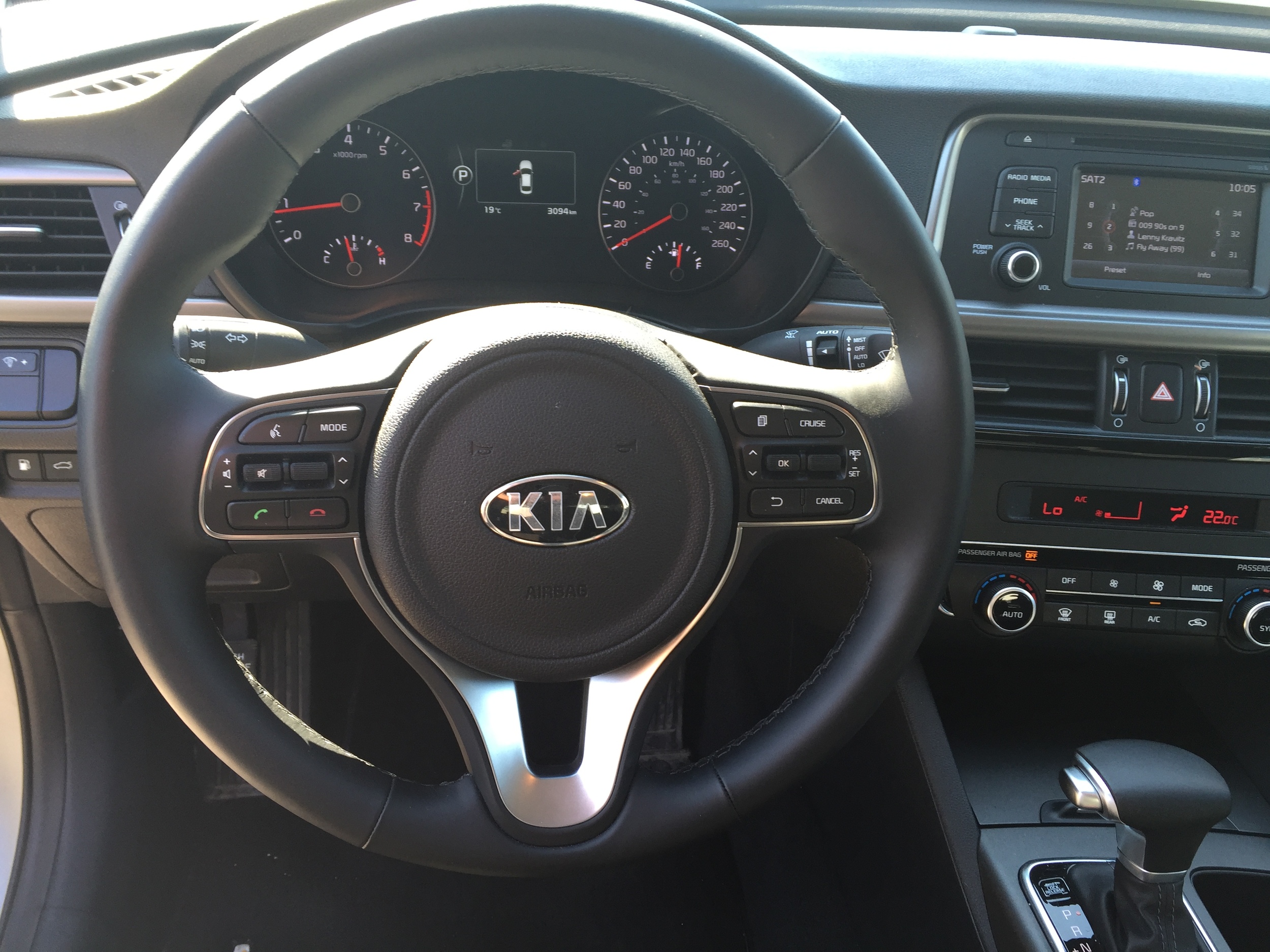Modern Motoring: Reviewing the 2016 Kia Optima
/The 2016 Kia Optima sees a few subtle changes for the 2016 model year, keeping with the mantra of “if it ain’t broke, don’t fix it.” The body is a touch wider and the wheelbase grows by 10 mm, giving a bit more interior space, and the interior boasts reduced road noise. The big splash is the new 1.6L Turbo engine, which we’ll get into soon.
With the SUV/CUV market showing no signs of slowing down, the mid-size sedan folks are clamoring to make up for lost market share. Between the ever-popular Accord/Camry/Mazda 6, along with everyone else’s offerings, the Optima’s good looks are helping keep it relevant.
Sporting the identifiable “tiger shark” nose, you’d be easily forgiven if you mixed up the 2015 and current year’s offering. Over the past few years of being an automotive journalist, I’ve admired what Kia’s done design wise, from the quirky Soul to the elegant Sportage and especially the luxurious K900 (still makes me think of a canine, though…gotta fix that, Kia, please), so only tinkering with the exterior for the 2016 offering should make many potential buyers happy.
The power plant for the 2016 Optima has three offerings, with the 2.4 and 2.0 turbo being carryovers from the previous model year.
New this year is the 1.6L Eco Turbo via a seven-speed dual clutch transmission churning out 178 horsepower and 195 lb-ft. of torque, which is what my tester was equipped with.
Power wise, the new engine has a bit of pep in its step and happily runs on 87 octane (as does the 2.0L turbo), which is rare in this day and age - most turbo engines require premium fuel.
There’s a bit of lag once the turbo kicks in but it’s hardly noticeable.
The 2.4 engine spits out 185 horsepower and 178 lb-ft. of torque, which is close to the 1.6 offering. Since they’re so close, I’d like to see the 2.4 option removed from availability. Yes, you’re down a measly seven horsepower but you’d make it up with 17 lb-ft. of torque.
The 2.4 fuel ratings are 6.5 and 9.4 L/100 km and the 1.6 rates at 6.1 and 8.4, so there’s a bit of cash savings right there. Why not make it easy for the customer by managing their engine options?
Currently, the Eco 1.6 is only available on the LX trim model but I’m hoping that it’ll change in future offerings.
All Optimas are front wheel drive via automatic transmissions and run on a 70 litre tank. You can toggle between ECO, normal and sport for drive modes depending on your mood.
Inside, the fit and finish is typical Kia: looks good, feels good, is good. Their reputation for high end quality and a low to mid-level price is starting to resonate with customers.
The infotainment system is three-tiered: the base LX has a 3.8” screen, mid-level EX sees a 5.0” LCD colour touchscreen and top end SX jumps to an 8” version of that. Personally, I’d scrap the 3.8” option and give customers the choice of the 5” or 8” to further boost the value of the Optima for a marginal increase in price.
Bluetooth, automatic headlights and front and rear USB ports come standard across the board. With seven different models to choose from, there are plenty of upgrades available, including quilted leather seats, rear view cameras, air-cooled front seats and a Harman Kardon 10 speaker audio system.
Safety-wise, there’s an available 360 degree camera monitoring system, adaptive cruise control, autonomous braking, rear cross traffic alerts, BLIS, lane departure warnings and others. Keep in mind, you’ve got to climb the trim ladder to get these goodies.
My LX had comfortable heated leather seats and during my 400+ km week behind the wheel, I was always comfortable with navigating the infotainment system (a nice balance between buttons, dials and touchscreen), climate and steering wheel controls, which scores full marks on the “real world driving” scale.
Cargo space registers at 450 litres, which is good enough for groceries, golf clubs and a few other reasonably-sized things you want to throw in your mid-sized sedan trunk.
The seven trim levels range from $23,695 for the entry level EX to $37,795 for the fully jammed SXL turbo. Again, with the “less is more” approach, I’d like to see fewer trim models offered, maybe combine the LX+ and LX Eco Turbo trims into one. But hey, that’s just me.
Overall, the 2016 Optima maintains its strong value for money positioning (as most Kias do), retains its good looks, and maintains its smart, modern and comfortable interior layout.
The 1.6 Eco engine should sell respectably but would sell much better if it took the place of the 2.4 engine, having it cover the EX and LX trims.
In a segment filled with “cool kids,” the relative newcomer Optima is doing well at making a name for itself in the most-bang-for-your-buck arena.
Enjoy the full gallery below:





